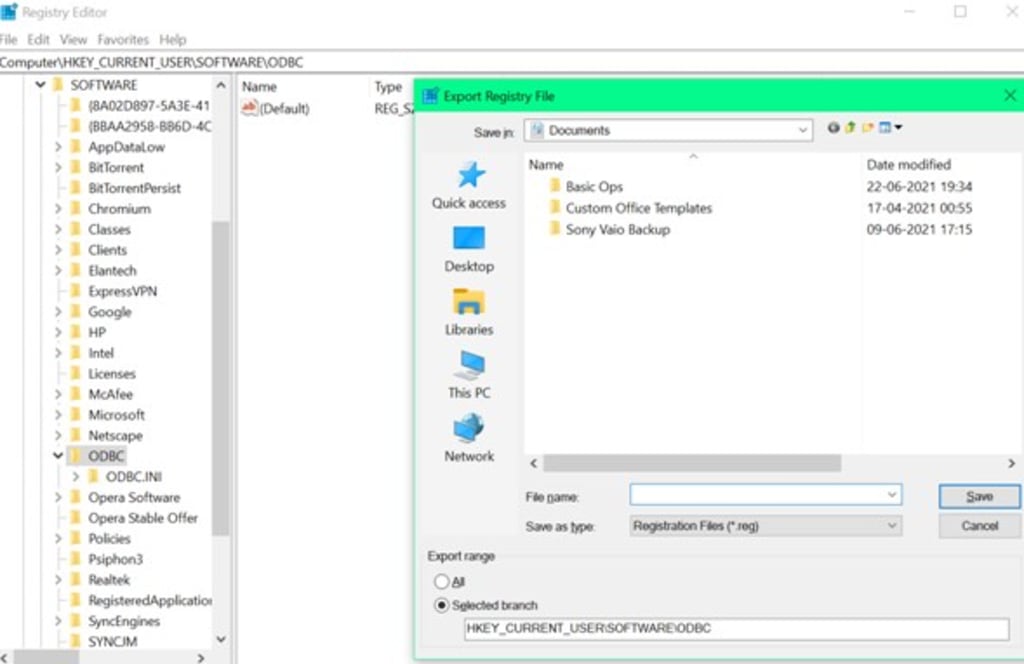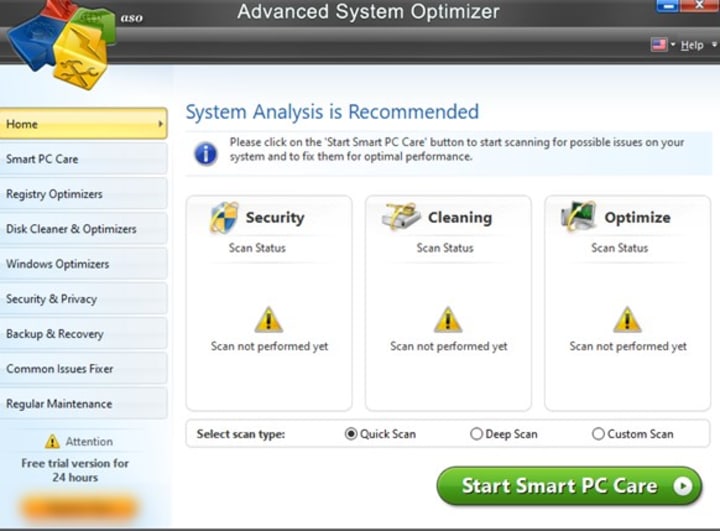How to Clean and Fix Registry Errors in Windows 10
Clean and Fix Registry Errors in Windows

Microsoft Windows operating system has evolved a lot in the past few years and came up with multiple intuitive utilities to take care of system issues. Yet again we fail to take care of registry issues as there is no inbuilt utility to fix registry errors in Windows 10. Windows Registry holds the key instructions of any program, process, file, or device that is connected to your device. It works as a ledger for all your programs and instructions. You can try a few manual steps that can help you get back the registry files to an earlier state.
The manual methods to perform registry repair on Windows 10 may not assure you an accurate solution however the best registry editors can automatically take good care of the registry issues. There are numerous tools to perform free registry repair on Windows 10 however they may damage the registry files permanently and lead you to a no boot situation. Let’s try with the manual methods first!
Take A Registry Backup
The first step forward to fix the registry issues is to create a backup of the registry. To fix one issue, we can’t create another one hence a proper backup is required.
Step 1. Press (Win + R) to open the Run command prompt, type Regedit and hit the Enter key.
Step 2. If prompted, click on the Yes button to confirm authorization.
Step 3. Click on the File Menu on the Registry Editor window and click on the Export option.
Step 4. Select the destination folder, give a file name and click on the Save button to export the registry files. It will be saved with (.reg) extension.
Create a System Restore Point
The next step to safeguard our data and settings is to create a System Restore Point before making any changes to the registry.
Step 1. Click on the Start button, type System Restore in the search bar and click on the Create a Restore Point under Control Panel settings.
Step 2. The System Properties window will open with the System Protection tab selected.

Step 3. Click on the Create button at the bottom. It will ask you to give a System Restore Name. You can name it ‘Before Registry Editing’ and it will save it with the date and time automatically.
Step 4. It will process and save the current system settings and notify you with a message.
Run SFC /scannow Command
System File Checker (SFC) command can check the system and fix windows issues and error messages. It can also fix registry conflicts within the system settings. This is a Microsoft Windows inbuilt utility to fix system issues. You will need to execute this command in the command prompt with administrative rights.
Step 1. Press (Win + R) to open the Run Command window, type CMD and press (Ctrl + Shift + Enter) key combination to open the command prompt with administrator rights.
Step 2. If prompted, click on the Yes button for confirmation.

Step 3. Type sfc /scannow in the command line and hit Enter.
Step 4. System File Checker (SFC) may take around 15-20 minutes to check the hard drive. Exit out of the command prompt and restart the computer once done.
Run DISM Command
The Deployment Image Servicing and Management Tool (DISM) command is an administrative level tool to repair Windows image or modify the registry entries. The DISM command comes with three parameters to repair the image file. ("CheckHealth" "ScanHealth" and "RestoreHealth") the command is used in the same sequence.
Step 1. Press (Win + R) to open the Run Command window, type CMD and press (Ctrl + Shift + Enter) key combination to open the command prompt with administrator rights.
Step 2. If prompted, click on the Yes button for confirmation.

Step 3. Type the following commands one after another once the first command is completed.
DISM /Online /Cleanup-Image /CheckHealth
DISM /Online /Cleanup-Image /ScanHealth
DISM /Online /Cleanup-Image /RestoreHealth
Step 4. DISM set of commands may take several minutes to check and fix the errors. Exit the command prompt and restart the computer once done.
Make Use of Windows Registry Checker
Microsoft Windows Registry Checker tool (Scanreg.exe) is an automated process to run and execute registry checker and fix registry issues. It checks for invalid registry entries and automatically restores the previous day registry backup if there is any corrupt entry found. Windows Registry Checker tool (Scanregw.exe) creates a backup of system files and restores it whenever it is required.
Use Advanced System Optimizer
When these manual steps can’t help you enough or fix registry errors in Windows 10, it’s time to use one of the best system optimizers for Windows 10 and earlier versions. It is a far better option than using a free registry repair on Windows 10.
OS Supported: Windows 10 and earlier versions
Size: 19.95 MB
Price: $49.95

Advanced System Optimizer is an all-in-one system utility bundle to optimize and tune up the system. It automatically takes care of the system performance and keeps it clutter-free. You can optimize your startup items, optimize the registry, fix registry errors, clean up disk, backup and restore files, offer enhanced security and privacy on your computer and way more.
Summing Up
There are fewer methods to fix registry errors in Windows 10 while the manual methods may not assure you 100% solution. If the above manual methods can’t help you fix the registry issues, make use of Advanced System Optimizer and take overall good care of your Windows PC. Not just registry repair on Windows 10, but you can also perform advanced system optimization, tuneup, and offer security on your computer. Keep it clean and optimized!





Comments
There are no comments for this story
Be the first to respond and start the conversation.